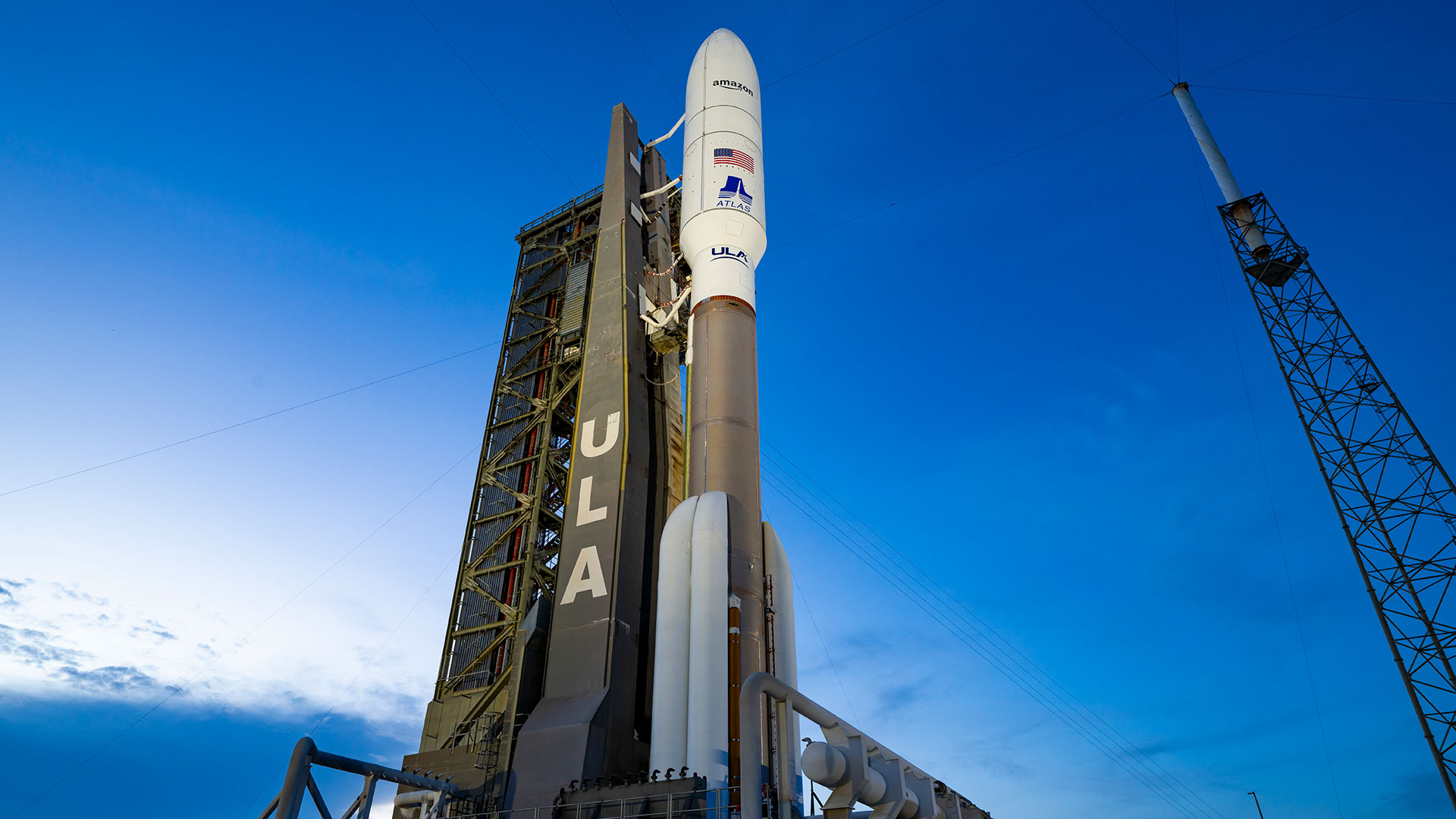
A cry for racial justice has been spotted from space.
On Friday (June 5), a satellite operated by San Francisco-based company Planet spied the "Black Lives Matter" message that city workers in Washington, D.C. painted in big yellow letters across two blocks of 16th Street earlier that day.
The White House is also visible, on the right side of the photo. In the center of the image is Lafayette Square, which has been the site of protests against police brutality sparked by the May 25 death of George Floyd at the hands of Minneapolis police.
Related: Photos by Planet's Earth-observing satellites
Planet shared the photo via Twitter on June 5. Four days earlier, the company tweeted out a message of support for protesters.
"We stand in solidarity with the Black community and all people of color who are peacefully voicing their anger and frustration at having their voices ignored for too long," the June 1 message reads. "Planet supports the equal treatment of all people and believes that we must all stand up and speak out for openness, inclusion and social justice. Only through collective unity will the voices of our friends, our family and our entire community be heard. Bias and discrimination have no place in this world. Planet stands with those seeking justice and racial equality."
pic.twitter.com/hFVMscAHBQJune 5, 2020
Planet has deployed more than 350 Earth-imaging satellites into orbit, with its first craft going up in 2013. Most have been shoebox-size cubesats known as Doves, which are capable of resolving features as small as 10 feet (3 meters) on the planet's surface.
Get the Space.com Newsletter
Breaking space news, the latest updates on rocket launches, skywatching events and more!
But the satellite that captured the "Black Lives Matter" photo is a SkySat. Planet currently operates 15 of these spacecraft, which are about the size of a minifridge and have a resolution of about 28 inches (72 centimeters).
Planet sells the imagery collected by its satellites to a variety of customers. But the company also routinely makes important photos freely available to the public. For example, in January of this year, Planet released images of the damage done by Iranian missile strikes on an Iraqi military base.
And on Thursday (June 4), the company posted on Twitter a photo of the catastrophic oil spill in the Siberian city of Norilsk.
- Surface rupture from Ridgecrest Earthquake spotted from space (photo)
- 'Overview effect' could help troubled country, astrophysicist Neil deGrasse Tyson says
- Earth from space: amazing astronaut photos
Mike Wall is the author of "Out There" (Grand Central Publishing, 2018; illustrated by Karl Tate), a book about the search for alien life. Follow him on Twitter @michaeldwall. Follow us on Twitter @Spacedotcom or Facebook.
OFFER: Save 45% on 'All About Space' 'How it Works' and 'All About History'!
For a limited time, you can take out a digital subscription to any of our best-selling science magazines for just $2.38 per month, or 45% off the standard price for the first three months.
Join our Space Forums to keep talking space on the latest missions, night sky and more! And if you have a news tip, correction or comment, let us know at: community@space.com.

Michael Wall is a Senior Space Writer with Space.com and joined the team in 2010. He primarily covers exoplanets, spaceflight and military space, but has been known to dabble in the space art beat. His book about the search for alien life, "Out There," was published on Nov. 13, 2018. Before becoming a science writer, Michael worked as a herpetologist and wildlife biologist. He has a Ph.D. in evolutionary biology from the University of Sydney, Australia, a bachelor's degree from the University of Arizona, and a graduate certificate in science writing from the University of California, Santa Cruz. To find out what his latest project is, you can follow Michael on Twitter.

